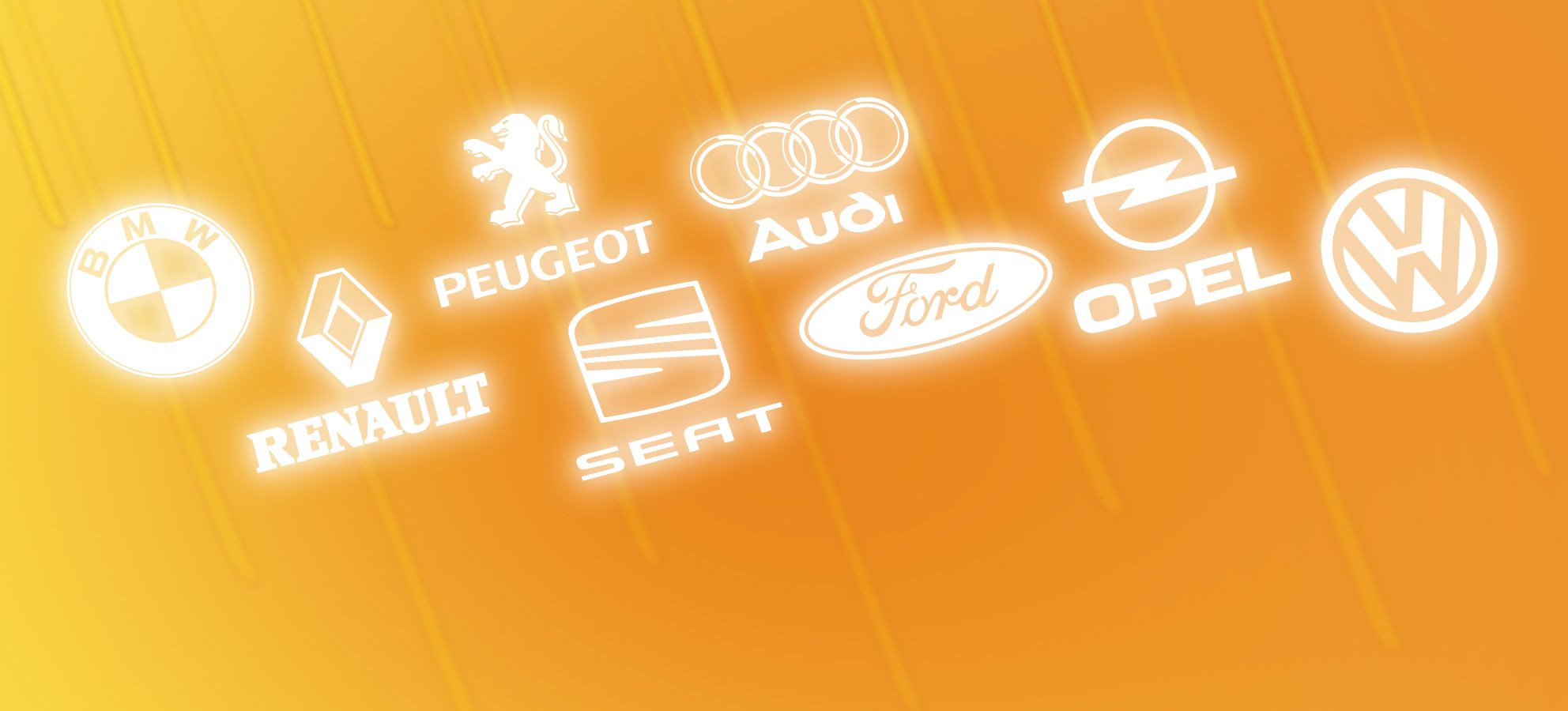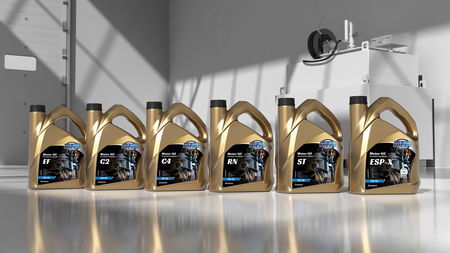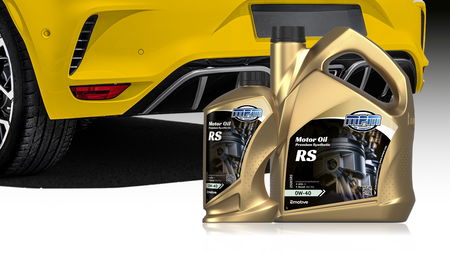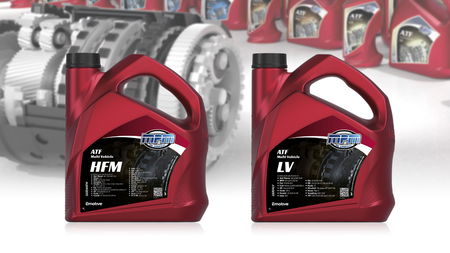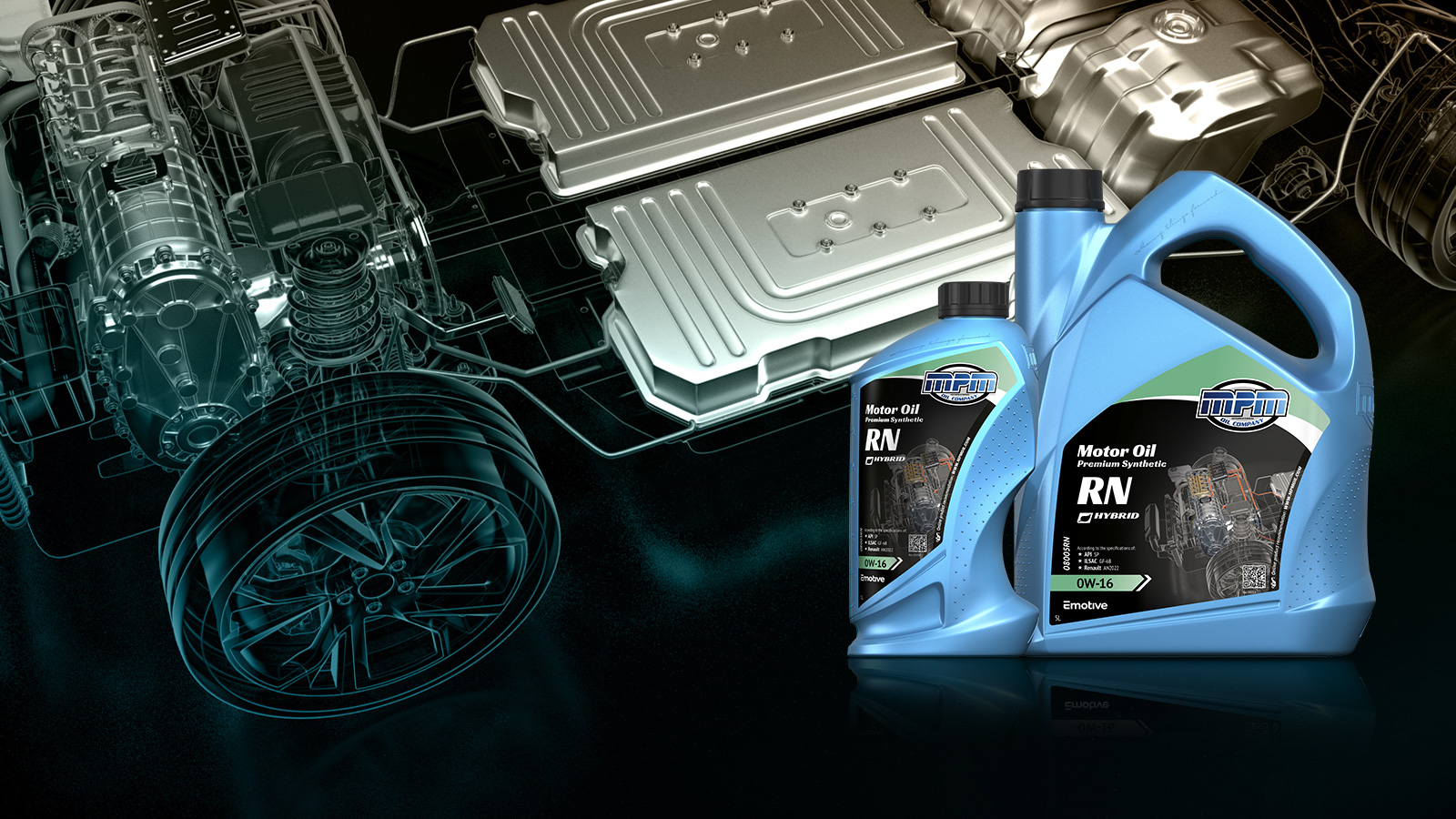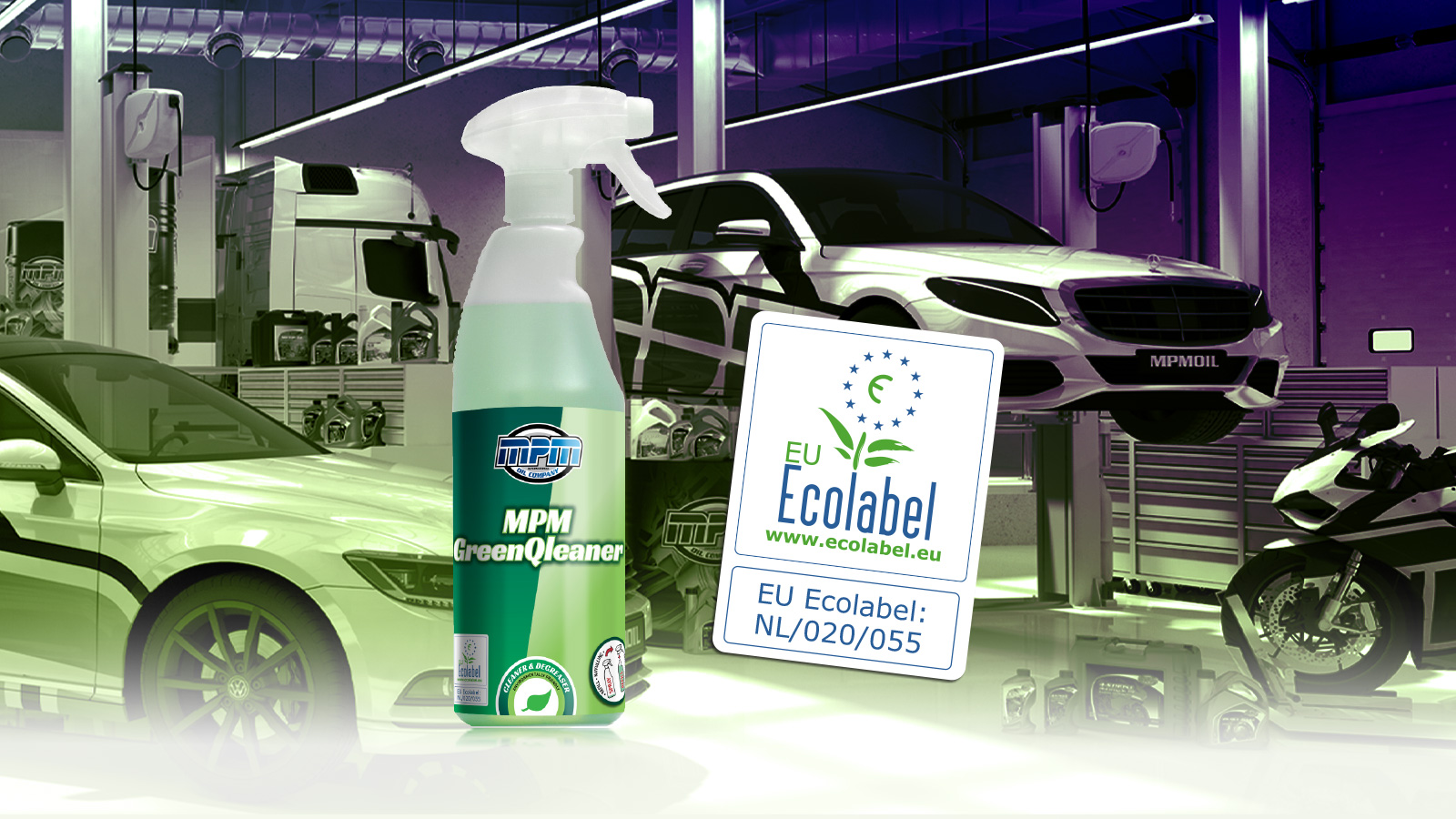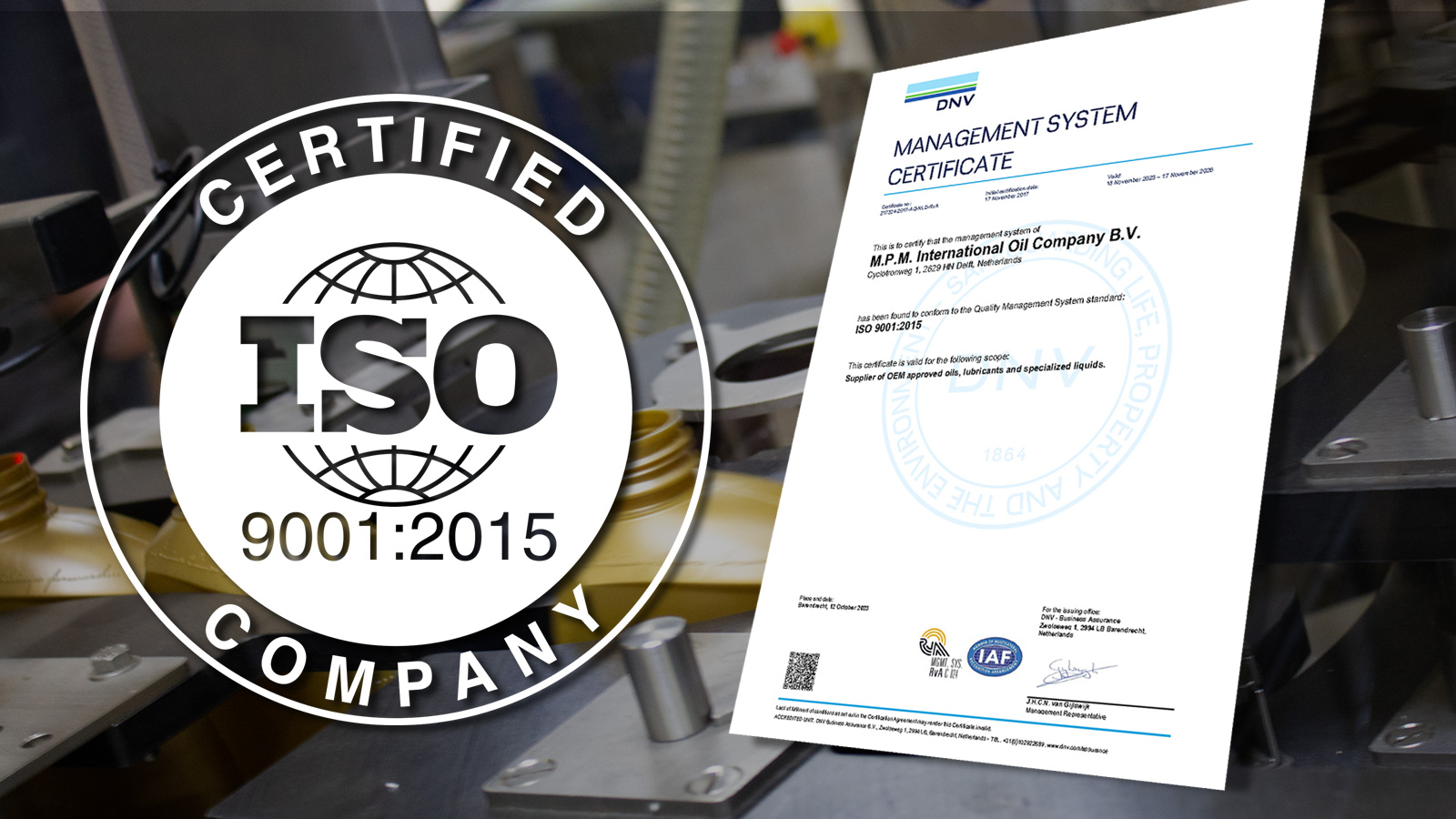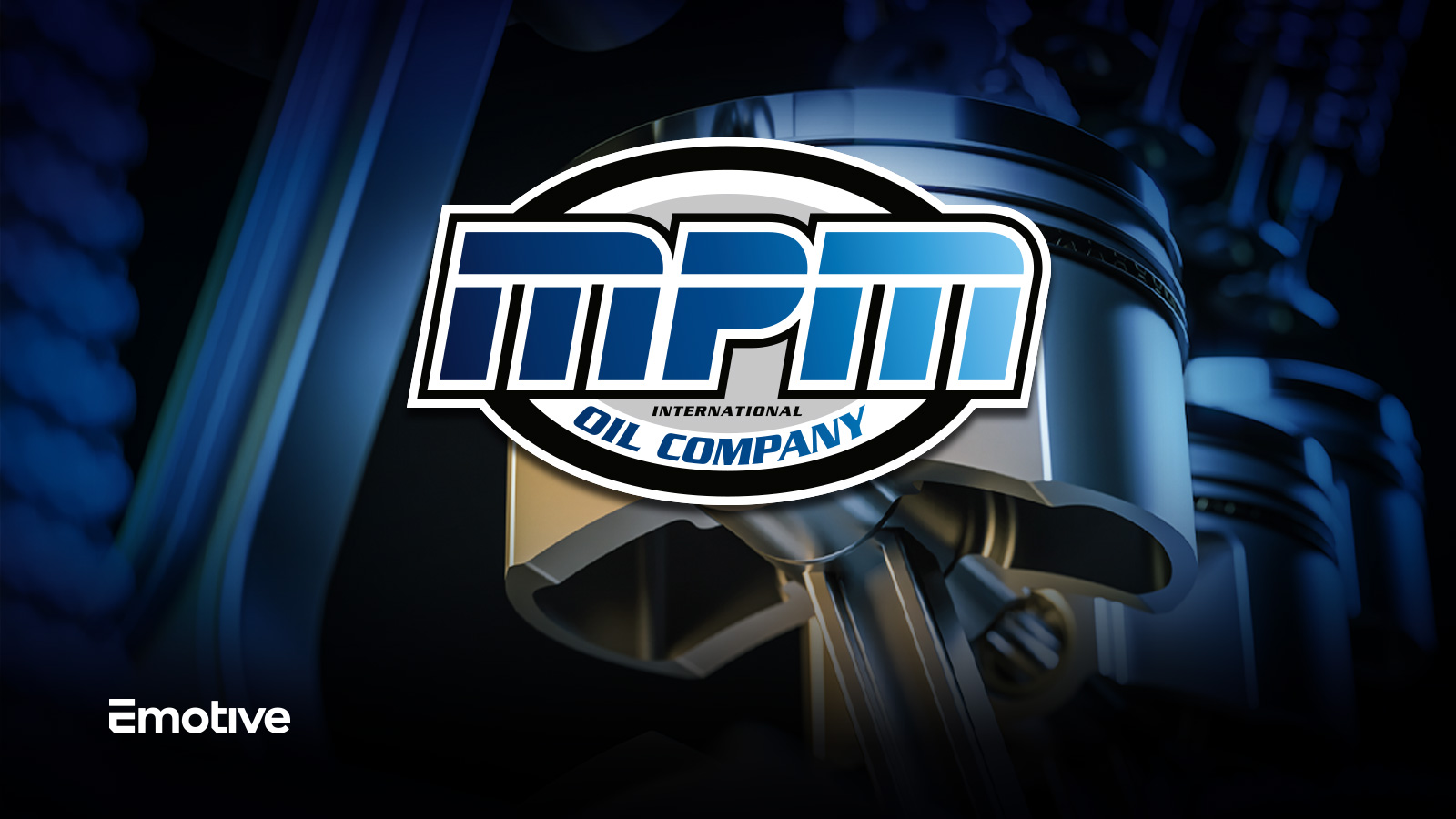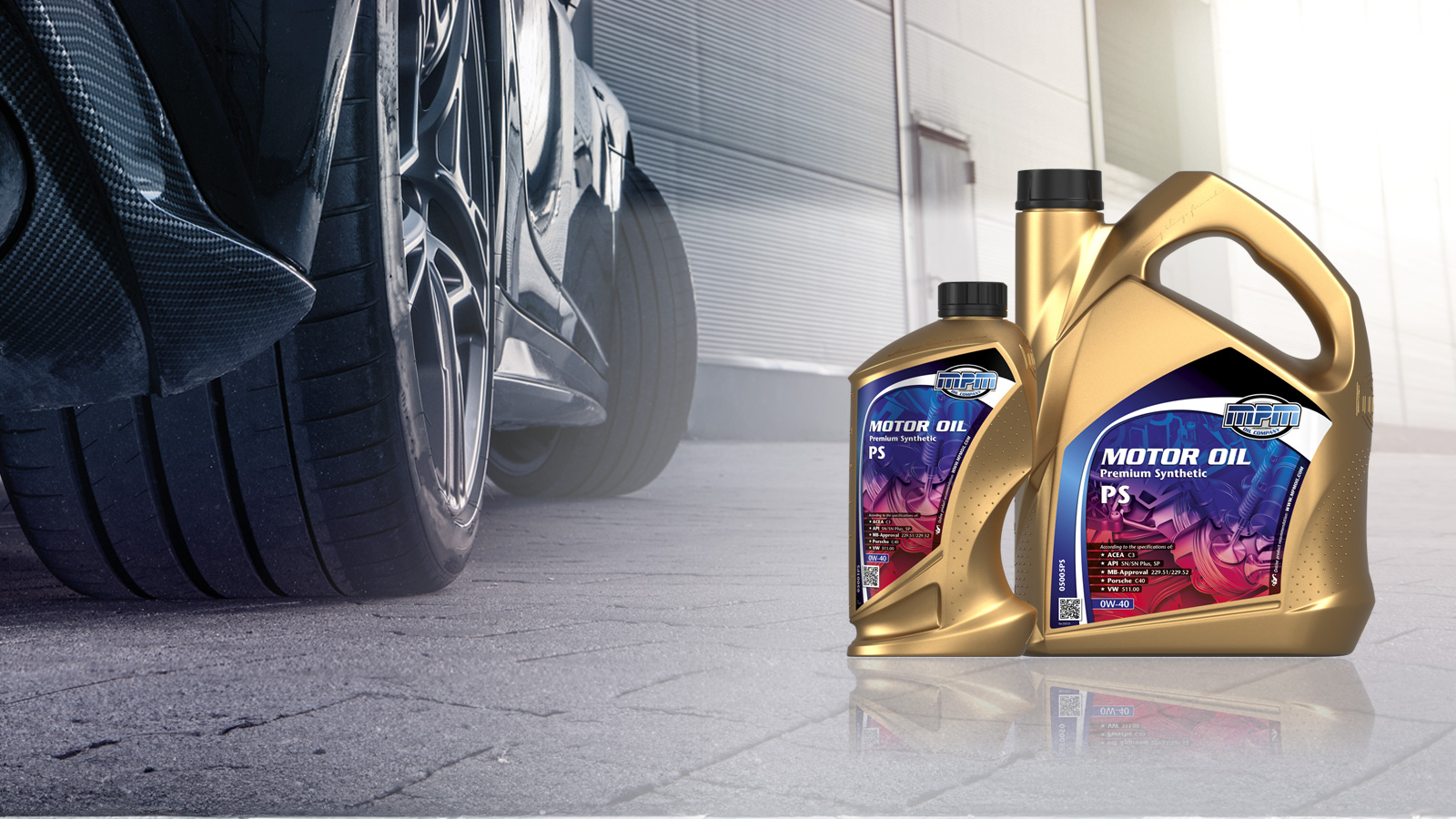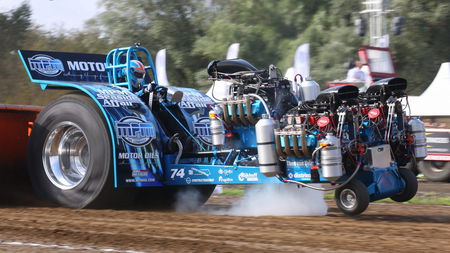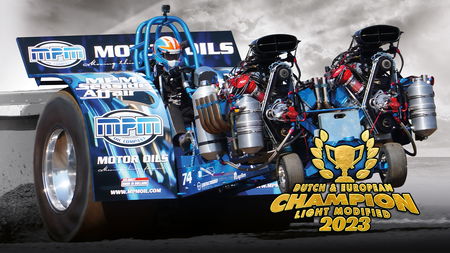It is well known that, for car parts, there is an OEM (Original Equipment Manufacturer) quality and often also an aftermarket (imitation) quality available.
This dual quality similarly applies to engine oil, which should also be considered a specific engine part! That is the subject of this article.
It is true, however, that 'imitation' motor oil, unlike 'imitation' car parts, is usually visibly indistinguishable from OEM quality. And on top of that, of course, a 'wrong' fluid always 'fits', while a 'wrong' car part never fits.
The correct OEM engine oil quality prescribed by a car's manufacturer is essential because these specifications (and therefore quality) provide the necessary protection for costly engines and exhaust after-treatment systems. The use of engine oils that meet these OEM specifications guarantees maximum engine life and reliability, prevents damage to the most expensive and essential parts of the car and ensures the least environmental impact.
In garages, unfortunately, it happens all too often that the choice of motor oil is driven only by price or convenience ("I work with three types of motor oil for all cars, which saves me a lot of searching and work") and not by the approval of the OEM car manufacturer. This choice of 'imitation' engine oils, which therefore do not meet the stringent OEM standards, not only shortens the life of the engine and exhaust after-treatment equipment, it also results in unnecessary emissions of CO2 and other harmful emissions. This results in an unnecessary burden on our environment.
Engines are becoming increasingly complex
Car manufacturers (in other words, OEMs) must meet the CO2 emission targets set by the (national or European) government. These objectives are, of course, aimed at slowing down or halting global climate change, under the so-called "climate treaty". In order to meet these CO2 emission requirements, fuel consumption must be reduced. Among other ways, this is achieved by minimizing friction losses. One way to minimize friction loss is to construct the engine in such a way that low viscosity engine oil can be used. This trend of decreasing viscosity continues. The current standard is usually an SAE 0W-20 engine oil, but in the future more and more engine oils with an even lower viscosity, such as SAE 0W-16, 0W-12 or even 0W-8, will be recommended.
In addition to the CO2 emission requirements, car manufacturers must also comply with other increasingly stringent environmental emission requirements. For example, the current EURO 6 standard will eventually be replaced by the EURO 7 standard. Car manufacturers are therefore constantly developing new technologies and materials to optimize combustion:
Example: The modern TGDI engine
In such an engine, the engine oil has to do its work under increasingly high operating temperatures, which causes the aging (oxidation) of the engine oil to increase rapidly. Oxidation is the cause of sludge and deposits on engine parts.
In order to combat this effect, very high-quality antioxidant additives are used, in addition to an often different basic oil mix. These very high-quality additives are the result of a long and thorough research and testing process.
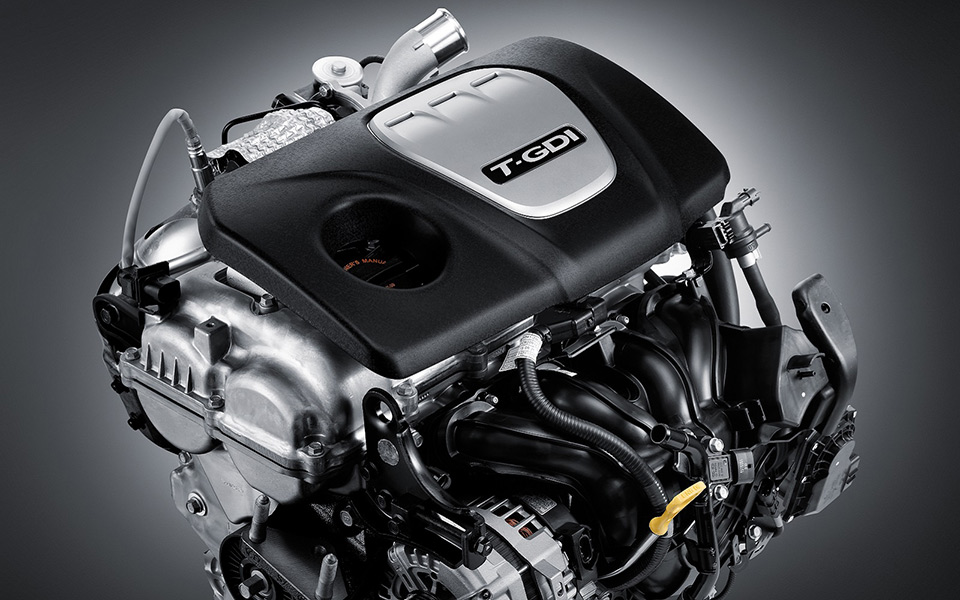
Another problem of TGDI motors can be LSPI. See also the MPM OEM Newsletter number 04-2019. LSPI stands for "low speed pre-ignition", (at low rpm and high load, the fuel mixture ignites too early), which can cause enormous engine damage (such as piston damage). By using other additives in the lubricating oil, LSPI can be prevented. LSPI tests are therefore included in the latest (OEM) specifications.
Example: Exhaust after-treatment equipment
In order to meet increasingly stringent emission standards, exhaust after-treatment equipment is also becoming increasingly sophisticated. An example of this is the GPF (Gasoline Particle Filter). This system, too, requires an adjustment of the composition of the additives (i.e., the total package of high-quality chemicals) used in a lubricating oil. Engine oils with so-called 'high SAPS' additives [SAPS stands for Sulfated ash (SA), Phosphorus (P) and Sulfur (S)], such as those we still used a few years ago, would otherwise cause contamination and/or blockage of the exhaust after-treatment equipment. This not only leads to premature replacement but costly damage can also occur to other parts (for example, turbo damage). To prevent this, so-called 'mid and low-SAPS' engine oils have come on the market. These modern engine oils contain fewer of the traditional additives, thus preventing problems with exhaust after-treatment equipment.
At the same time, the classic 'high SAPS' engine oils ensured proper cleaning, neutralization of acids, and protection of the engine. To preserve this effect in 'mid and low-SAPS' engine oils, completely new additives have been developed.
The result is that modern engine oils, despite being lower in SAPS, still offer better engine protection than in the past, while at the same time reducing environmental impact.
The ever more complex engine and exhaust after-treatment technologies also make the composition of modern engine oil increasingly complex.
High Tech Engine innovation = High Tech Engine oil innovation
Car manufacturers are continuously developing technological innovations. Such innovations are aimed at driving in an increasingly energy-efficient manner and, at the same time, with more comfort for the driver and passengers. In order to achieve this, new performance requirements are constantly being demanded of modern engine oil. Developing a new engine oil to meet these new performance requirements necessitates in-depth knowledge of the design of the engine's technical hardware as well as the functioning of the numerous different additives and their combinations in all usage conditions.
What works well under development conditions, however, can have side effects in practice. New engine oil formulations are therefore subjected to extensive engine (field) testing before these products are allowed on the market. This is the only way to know that the engine oil meets the OEM requirements; assumptions 'on paper' are absolutely insufficient for providing that guarantee. Only in this way can the optimum performance and service life of the engine be guaranteed.
The development of new motor oils requires a significant investment of time and money. The fact that the right quality of engine oil is essential is not yet sufficiently understood. Especially among motorists or consumers, there is still a low awareness of how incredibly advanced and complex engine oils have become. And how essential the right 'genuine' engine oil is for optimal engine performance and the lowest environmental impact.
The use of engine oils that are approved by the vehicle manufacturer (the so-called OEM) is therefore becoming increasingly important. In order to claim the manufacturer's warranty, an OEM-approved engine oil must always be used.
For technical questions:
Please contact MPM Technical Support.
Summary:
The manufacturer of a vehicle prescribes the quality (specification) and viscosity of engine oil to be used in a specific vehicle. This means that engine oils that meet those specifications have undergone costly development and have been tested extremely thoroughly to make sure they meet the required standards and can be placed on the market.
The use of engine oil approved by the vehicle manufacturer (OEM) provides the vehicle owner with the best guarantee that the engine will function optimally and be protected in all conditions.
Engine oils without OEM approval and their underlying extensive engine testing programs unnecessarily increase fuel consumption and are therefore more harmful to our environment. In addition, the use of these motor oils can eventually lead to costly repairs.
